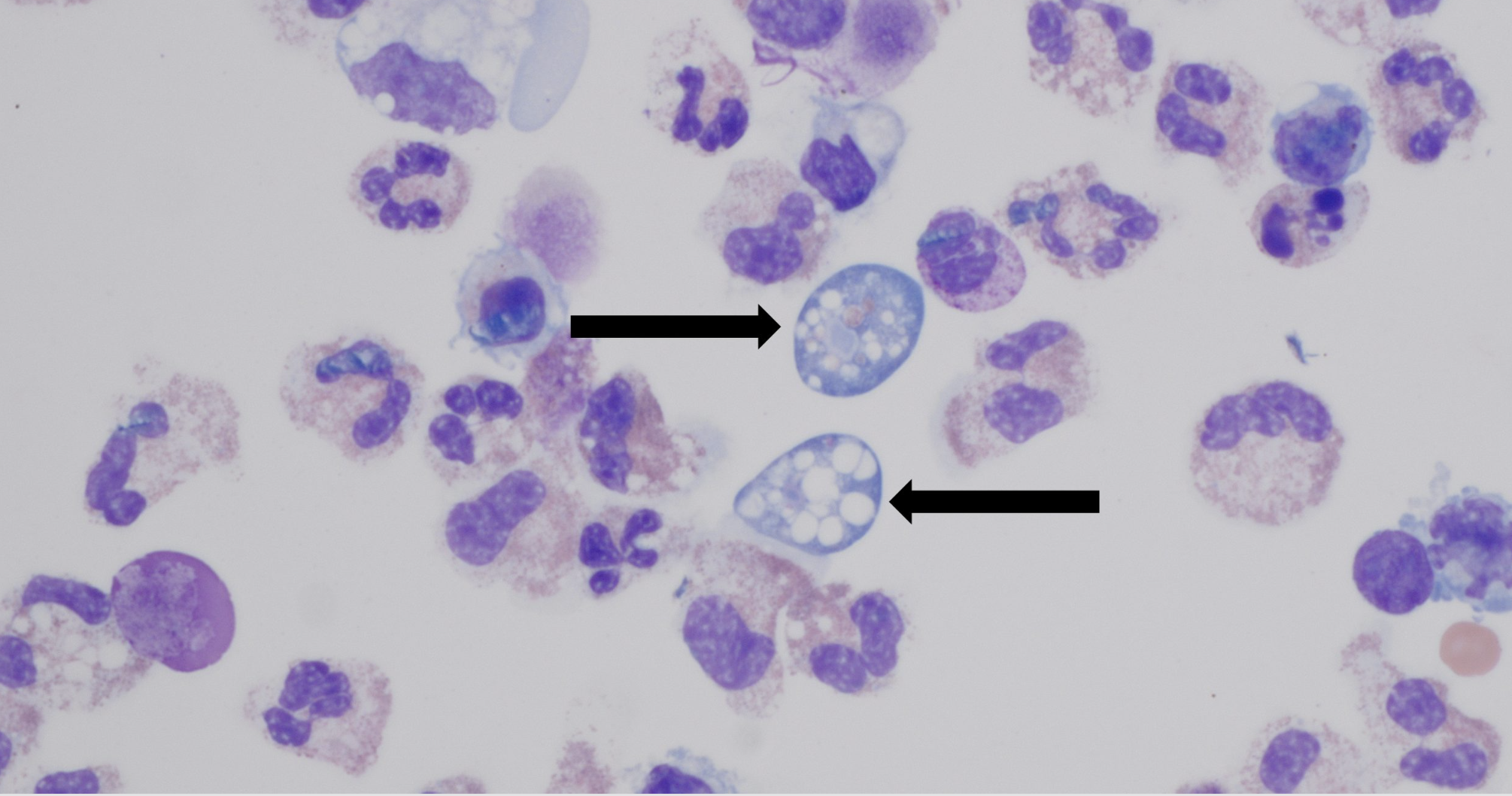
KANSAS CITY —An adult with a laboratory-confirmed infection of Naegleria fowleri has died, according to a statement from the Missouri Department of Health and Senior Services. The patient died on Tuesday in a St. Louis area hospital.
Naegleria fowleri is a microscopic single-celled free-living ameba that can cause a rare deadly infection of the brain called primary amebic meningoencephalitis (PAM), also known as “brain-eating” infection. Typically, fewer than 10 people a year in the United States get PAM.
The ameba is common and naturally present in warm freshwater such as lakes, rivers and ponds; however, PAM is extremely rare. Between 1962 and 2024, there were 167 reported cases of PAM in the United States.
The source of the patient’s exposure is still under investigation by public health officials. While not confirmed, preliminary information implies the patient may have been water skiing at the Lake of the Ozarks days prior to becoming ill. Recreational water users should assume that Naegleria fowleri is present in warm freshwater across the United States; however, infection remains very rare.
No additional suspected cases of PAM are being investigated in Missouri.
Although a rare occurrence, people become infected by Naegleria fowleri when water containing the ameba enters the body through the nose from freshwater sources. The Naegleria fowleri ameba then travels up the nose to the brain where it damages the brain tissue. This infection cannot be spread from one person to another, and it cannot be contracted by swallowing contaminated water.
People can take actions to reduce the risk of infection by limiting the amount of water going up the nose. These actions could include:
- Hold your nose shut, use nose clips, or keep your head above water when taking part in activities in bodies of warm freshwater, especially if you jump or dive into the water.
- Avoid putting your head under the water in hot springs and other untreated thermal waters.
- Avoid water-related activities in warm freshwater during periods of high-water temperature.
- Avoid digging in, or stirring up, the sediment while taking part in water-related activities in shallow, warm freshwater areas. Naegleria fowleri amebas are more likely to live in sediment at the bottom of lakes, ponds and rivers.
Those who experience the following symptoms after swimming in any warm body of water should contact their health care provider immediately as the disease progresses rapidly:
- Severe headache.
- Fever.
- Nausea.
- Vomiting.
- Stiff neck.
- Seizures.
- Altered mental status.
- Hallucinations.
Information about recreational water safety in Missouri is available on the DHSS website.
Source link

